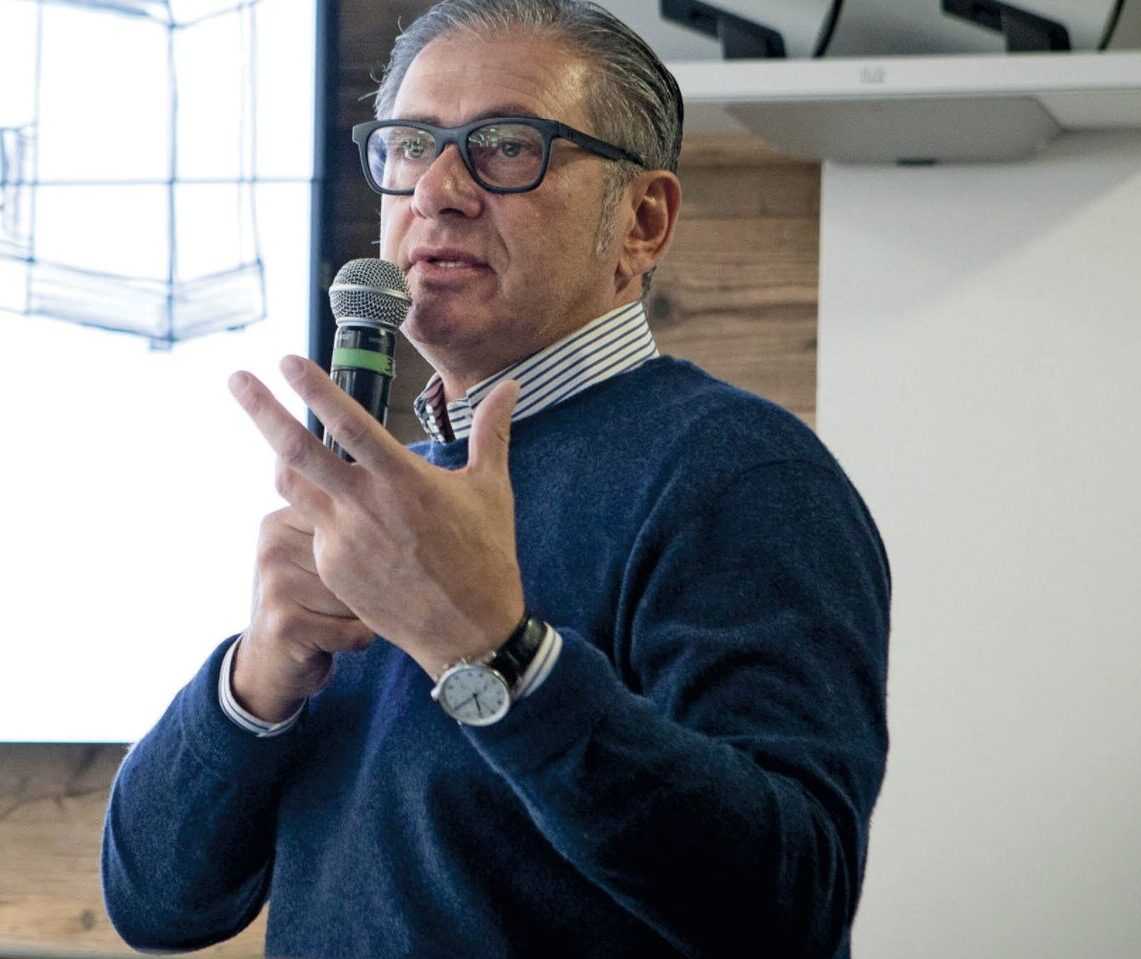PIAN DI SAN BARTOLO (Firenze) – La Marzocco today produces coffee machines and grinders for the professional market and for home use. It sells in over one hundred countries around the world and has offices in New York, Auckland, Barcelona, Berlin, Leeds, London, Melbourne, Milan, Seattle, Seoul, Shanghai, Stuttgart and Sydney. La Marzocco’s consolidated group balance sheet was 220 million euros. It has 670 employees, 420 in Italy and 250 worldwide: 12 foreign subsidiaries.
We share below some excerpts from the interview with La Marzocco’s CEO Guido Bernardinelli, signed by Lisa Ciardi and published in the business supplement the QN, the Monti Publishing Group’s national daily newspaper, publishes every Monday in its three daily newspapers: Il Giorno of Milan, La Nazione of Florence, Il Resto di Carlino of Bologna.
The focal point of the discussion was the evolution of technology in espresso machines, increasingly towards 4.0 models, to meet the new needs of operators and the challenges of a market changed by the pandemic. It all started with the first model of professional espresso machine Fiorenza in 1927. Today La Marzocco has become on
e of the iconic brands, when it comes to made in Italy and the rite of Italian espresso.
The main markets are China and the USA
Followed by Australia, England, Saudi Arabia, Thailand, Indonesia and Germany. La Marzocco has been present in the United States since the late 1970s, when it sold 11,000 machines to Starbucks.
Bernardinelli, you have withstood many changes, both technological and in terms of customs. What is your secret?
“The passion for espresso. Almost an obsession that translates into the continuous search for a high quality product, including tests, tastings, involvement of experts. When electronic innovations arrived that could have compromised the final result, we said no. We gave up the idea of getting into the business of making coffee.
We gave up the idea of an assembly line, even if this meant risking to undermine the democratisation of coffee. It has to be said that since coffee is an addictive product, people tend to consume it even if the quality is inferior. So there can be a temptation to lower the bar: we have never done that.
However, you have managed to enter the American market and reach chains of the likes of Starbucks. How did it go?
“In 1978, an American visiting Florence discovered our machines and fell in love. Thanks also to Riccardo Caretti, a Florentine who was a wine representative in the US. La Marzocco landed on the new continent and managed to sign a contract with Starbucks, selling 11,000 machines. Then, when Starbucks turned to automatic technology, our paths diverged, but by then La Marzocco was a legend in the US and many other paths opened up.”
Bernardinelli says:”When I was hired in 2002, I was employee number fourteen, today we are 670. We had a turnover of 3.5 million, today we have a consolidated group revenue of 220 million euros.”
And speaking of the Academy of caffè espresso: how was it born and what are its objectives?
“It was born almost as a joke out of the desire to restore the old factory in Pian di San Bartolo, which had been abandoned in 2008 due to the need for more space. The Accademia came to life from the idea of restoring the building and the awareness of how much attention the world pays to the Italian espresso culture, the Accademia was born. – and the ceo concludes – The Academy allows a 360 degree journey into the culture of espresso. A further step in what remains, since 1927, our main objective: to make the best coffee of all.”


















